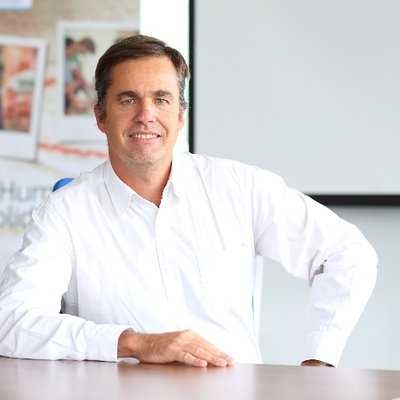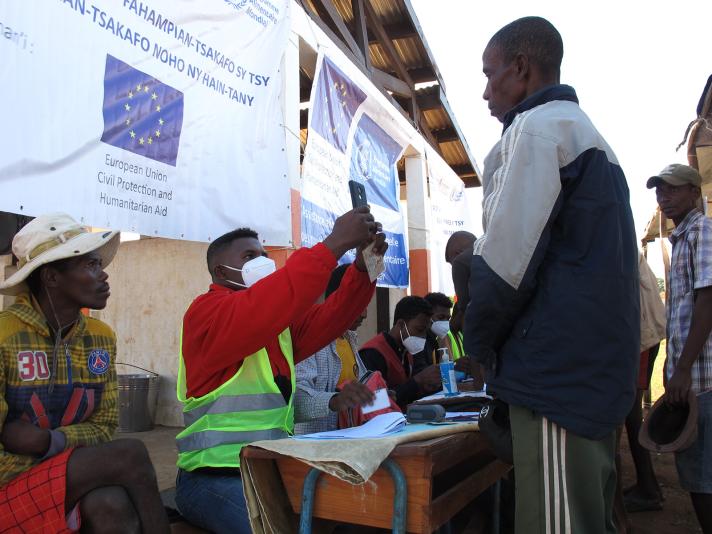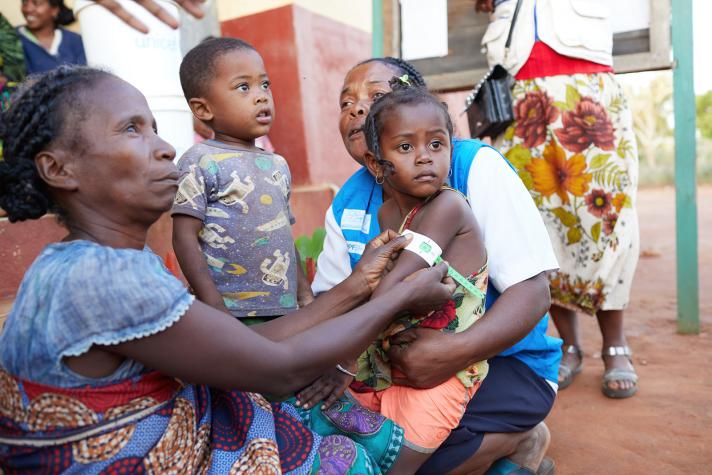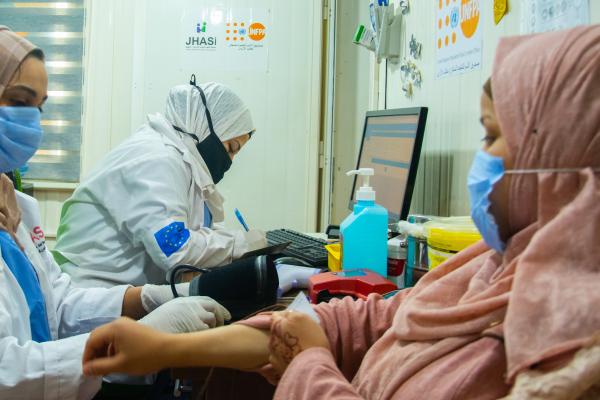In June, 4 EU-based journalists travelled to Madagascar's Grand Sud region, sponsored by the EU's Civil Protection and Humanitarian Aid Operations department. Their objective was to gain insight into the humanitarian challenges faced by local communities.
Join them in this first-hand account as they visit Madagascar, revealing the realities on the ground and the EU’s support to the most vulnerable.
The people of southern Madagascar, or the “Grand Sud”, have grappled with poverty and underdevelopment in one of the world’s poorest nations. And in what has been the worst drought in more than 40 years, it brought people to the brink of famine, while back-to-back climate shocks, including Tropical Cyclone Freddy in 2023, have hit people in the Grand Sud-Est.
But for the past 7 years, millions have been facing food shortages in this region.
In 2023, some 3.9 million people, including nearly 500.000 children, have faced critical food shortages, with the World Food Programme (WFP) speaking of a looming famine.
The drought in the south of the country, accompanied by massive cyclones that hit the eastern parts of Madagascar, show how climate extreme are impacting the poorest communities.
International donors such as the EU stepped up their critical humanitarian assistance, providing over €81 million in funding (for the Grand Sud and the Grand Sud-Est regions). This funding supported humanitarian organisations such as UNICEF, WFP and Action Contre la Faim (ACF).
The arrival
After arriving from Europe in the capital Antananarivo, it was another 2-hour flight for the 4 EU journalists to reach the southern region, illustrating the size of this impoverished island nation.
Driving to Ambovombe, the base for many aid agencies, one gets a first impression of the harsh landscape.
Many kilometres of dusty sand roads with metre-high prickly pear cactuses, with the odd Baobab tree dotting the landscape, small cattle-drawn carts transporting water containers or firewood, and people wearing wide-brimmed hats to protect themselves from the harsh sun.
Fortunately, the first quarter of 2023 brought good rains to the region, and dry riverbeds filled up for the first time in years. Everywhere one could see tilled fields as people hoped for a good crop.
The famous Zebu cattle, with their large horns, a status symbol, looked well nourished. But the effects of the drought on the land and its people will take years to heal.
Meeting those in need
The journalists had the opportunity to meet several people in different locations who benefitted from EU-funded humanitarian aid. This ranged from local health centres supported by UNICEF and a group of NGOs led by ACF to a cash programme implemented by WFP.
All beneficiaries expressed their appreciation for the assistance provided, though they also feared for their children’s future. While this arid region has seen droughts before, the years of underperforming rains have left deep scars on the community.
In a region that the far-away capital has traditionally neglected, there is an even lower level of infrastructure and social services. This poses a significant challenge in a country with some of the world’s lowest socio-economic indicators.
The rising food insecurity led the WFP in 2022 to warn of a looming famine while deforestation and population growth was placing ever-growing pressures on natural resources.
With these underlying facts, any changes in the weather patterns, like the ones Madagascar has experienced in recent years, have an immediate negative impact on the most vulnerable. While the south has experienced years of drought, the eastern parts have seen extremely powerful cyclones hitting the island in recent years.
Such vulnerable communities feel immediately the effect of climate extremes, with child malnutrition figures skyrocketing, illness among children and older people, and gender-based violence surging.
While humanitarian assistance in basic health, child nutrition and cash are making important contributions to the response, the journalists were also able to meet representatives of the EU Delegation to Madagascar who are working on long-term development projects to assist those communities, tapping into the experience of local organisations such CTAS-GRET.
More drought-resistant crops are being introduced, boreholes installed and infrastructure improved. Some of these efforts have to address local traditions: certain crops are considered “taboo” while land tenure and access issues are complicated due to traditional practices. Community engagement is key to these efforts.
What is apparent is that climate change is already being felt by communities such as the people of southern Madagascar. This cannot be reversed.
However, concerted efforts by both international donors and local actors can help mitigate the effects of these climate extremes, strengthening the health and resilience of local communities, and saving livelihoods and lives.

Story by Mathias Eick, Regional Information Officer for East and Southern Africa, EU Civil Protection and Humanitarian Aid Operations.
Twitter: @ECHO_CESAfricaPublication date: 28/07/2023










